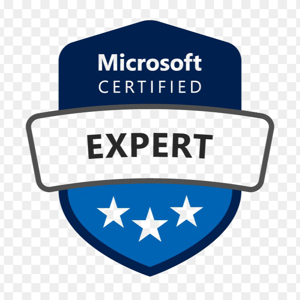
Hello @EnterpriseArchitect,
Thank you for posting your query on Microsoft Q&A.
Based on the discussion above, it seems you are aiming to migrate from legacy policies to modern authentication policies with a focus on minimizing user impact during the migration process.
To proceed with the migration, please follow the step-by-step instructions in the document provided:
- Firstly, review the legacy policies in "Per-User MFA" under Service Settings. Ensure that verification options are enabled but refrain from making any changes at this stage.
- Next, review the legacy SSPR (Self-Service Password Reset) policy and check the enabled authentication methods.
- Now, enable the modern authentication methods policy for your users, aligning it with your existing legacy policies.
- After enabling authentication methods under the modern policy, proceed with the migration steps by disabling verification options in the legacy settings and updating authentication methods in the SSPR policy.
- You can change it to Migration in progress to Migration Complete.
During this process, there should be no impact on users' login sessions. All users should be able to authenticate without any issues if we make changes as per the above steps.
I hope this information is helpful. Please feel free to reach out if you have any further questions.
Please Accept the answer if the information helped you. This will help us and others in the community as well.
Thanks,
Raja Pothuraju.

